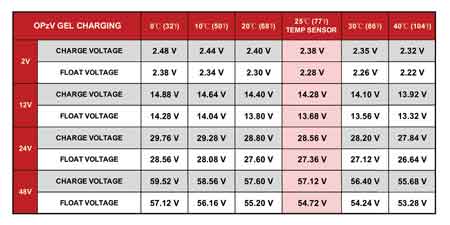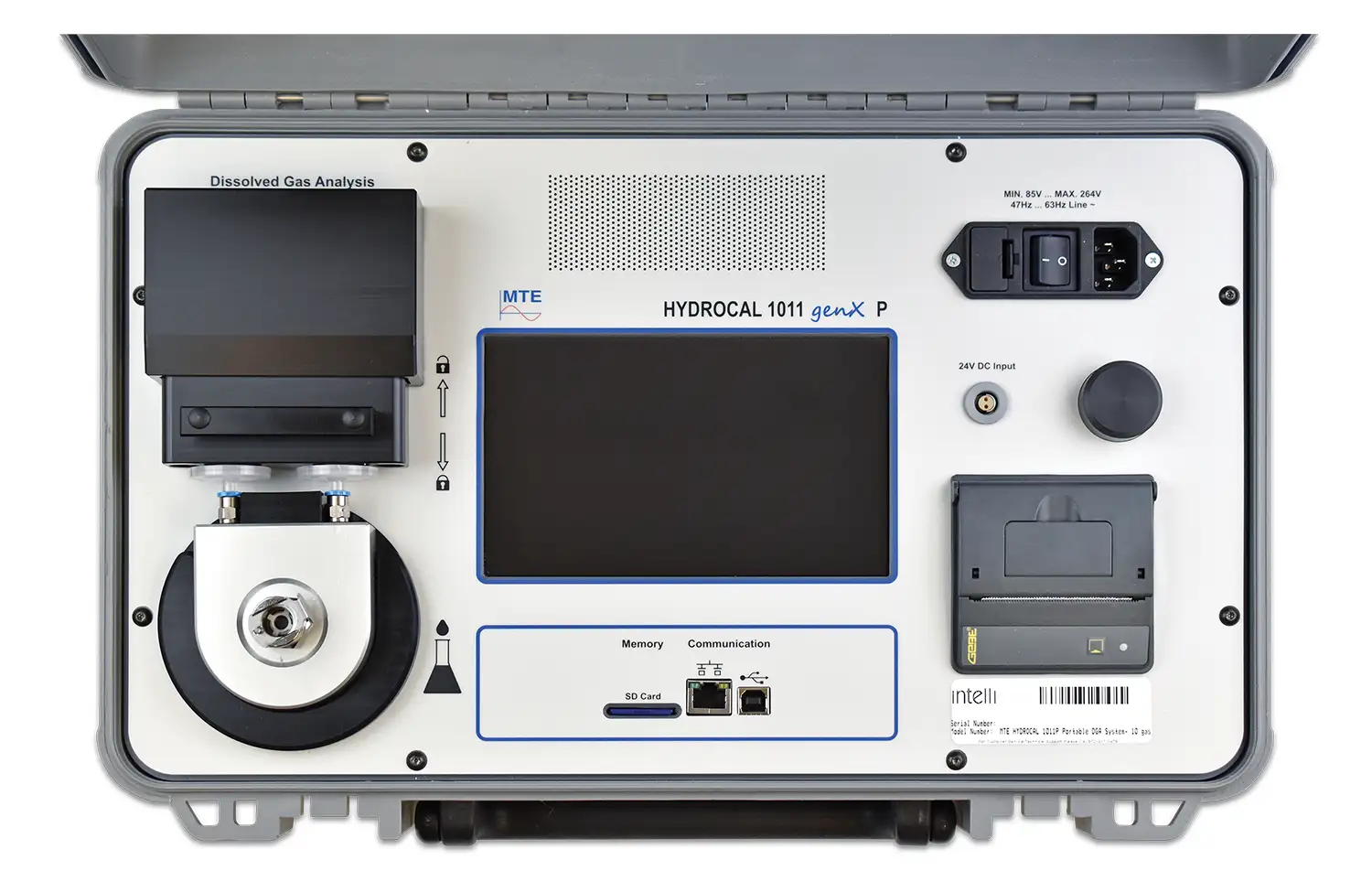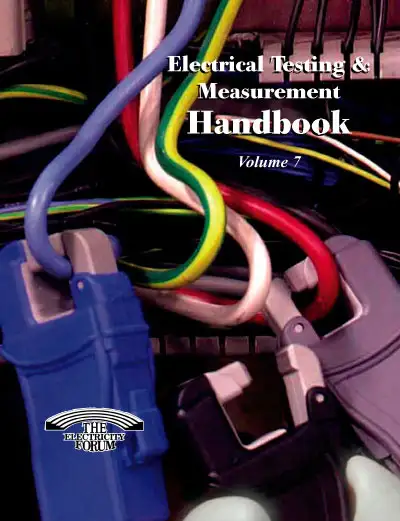An Acceptable Charging Circuit Voltage on a 12-volt Battery System

An acceptable charging circuit voltage on a 12-volt battery system is crucial for maintaining the health and performance. Keeping the charging system voltage within the proper range ensures that the battery remains adequately charged, the vehicle’s electrical components function properly, and the system operates efficiently. It’s essential for vehicle owners and technicians to recognize what makes a charging circuit work effectively, the risks associated with improper voltage levels, and how to measure and maintain it for long-term battery life.
What is an acceptable charging circuit voltage for a 12-volt battery system?
An acceptable range for a 12-volt system is typically between 13.5 and 15 volts. This ensures that the battery stays adequately charged while the vehicle is running. The charging components, including the ac generator and the voltage regulator, help maintain this range. Staying within this range prevents any adverse effects on the battery or other systems in the vehicle.
Why is it important to maintain an acceptable charging circuit voltage?
Maintaining the proper charging circuit values is vital for the overall health of the battery and the vehicle. If the system delivers too much power, it can cause overcharging, generating excess heat that damages the battery. On the other hand, if the levels fall below the required threshold, undercharging occurs, leading to reduced power availability. Ensuring the system stays within acceptable parameters helps prevent these issues and extends the battery's lifespan.
What happens if the charging circuit voltage is too high or too low?
If the system delivers power exceeding 15 volts, it can cause the battery to overheat and sustain permanent damage. This can lead to early failure and potential safety hazards. Conversely, if the levels fall below 13.5 volts, the battery may not charge adequately, reducing its efficiency and the power available for the vehicle’s systems. In both cases, proper management of the charging process is critical to avoid damage.
How do I check the charging circuit voltage?
To check the system's performance, a multimeter can be used to measure the values. Attach the multimeter to the battery terminals while the engine is running. A healthy system should show values between 13.5 and 15 volts. If the readings are outside this range, it may indicate an issue with the charging components, such as the voltage regulator, which should be addressed immediately.
What components regulate the charging circuit voltage?
The ac generator and voltage regulator are the main components responsible for managing the charging process. The ac generator produces the necessary power for the vehicle, while the regulator ensures that the levels remain within the required range. Both components work together to ensure the battery stays charged without exceeding safe limits.
An acceptable range is essential for maintaining battery health and ensuring the vehicle's electrical systems perform optimally. By understanding how to measure and monitor the system, you can prevent both overcharging and undercharging, ultimately extending the life of the battery and ensuring smooth operation.
On-Site Training
Interested in cost effective, professional on-site electrical training?
We can present an Electrical Training Course to your electrical engineering and maintenance staff, on your premises, tailored to your specific equipment and requirements. Click on the link below to request a Free quotation.
EF PARTNER MEDIA
Product Showcases
Shared Media
















